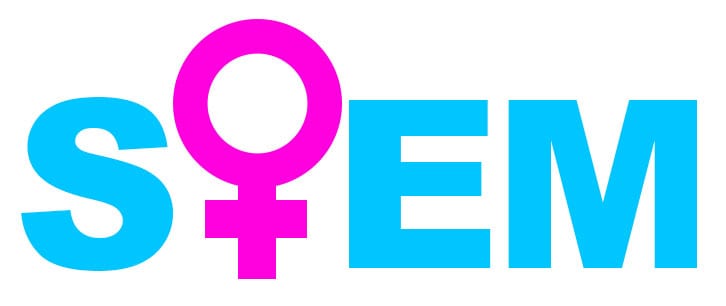Where are the women in STEM?

If it hasn’t already passed through your e-mail in-box, a recent, lengthy New York Times article on the lack of women in science is worth a look. It’s a detailed exploration of a topic many STEM educators know well, written by Eileen Pollack, one of the first women to earn a B.S. in Physics from Yale University in the 1970s.
The article looks at anecdotal evidence of bias among female students and professors at elite institutions like Yale and MIT and also more concrete data developed through a series of large-scale gender studies.
Some of the highlights:
- A 2012 Yale study details how professors from six major research universities were given resumes identical in every way but one: gender. A majority of the professors (including many female professors) preferred the male candidate. Further, on average, the male candidate was offered a salary of $4000 more. See the report here.
- Meg Urry, a physics/astronomy professor at Yale, believes women leave STEM not because of a lack of talent but instead because of a “slow drumbeat of being under-appreciated, feeling uncomfortable, and encountering roadblocks” to success. Meg shared her own story of gender bias and discrimination in a 2005 Washington Post essay.
- Urry attended a Yale “tea” for female physics students to talk to the New York Times article writer. She was shocked to hear that not much has changed. More than 80 students attended the tea, far more than was expected, all of them eager to share their own stories of professor bias and peer insults.
- Multiple studies suggest STEM difference between men and women are caused not by genetics but American culture. Other countries treat girls and women in STEM differently and they are more apt to thrive.
- A famous 1999 US-UK study looked at how male/female outcomes of a math test were impacted by whether or not the test-takers were told in advance that men perform better than women on those kinds of tests. The paper calls this a “stereotype threat” – women tend to do worse when they’re told they’ll do worse. Read the study here.
- Overall, women in STEM lack the kind of encouragement and positive reinforcement that they need (but men, conversely, may not need) to thrive and succeed.
What experiences have you had with gender bias in the STEM education field?
